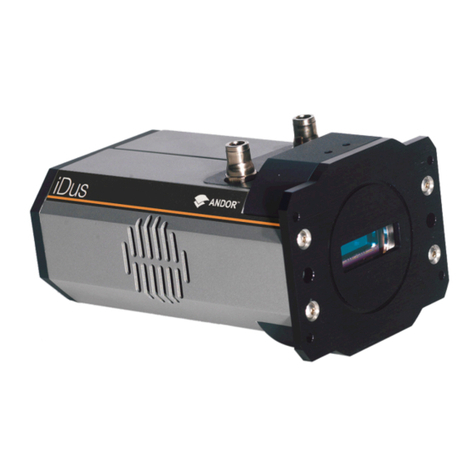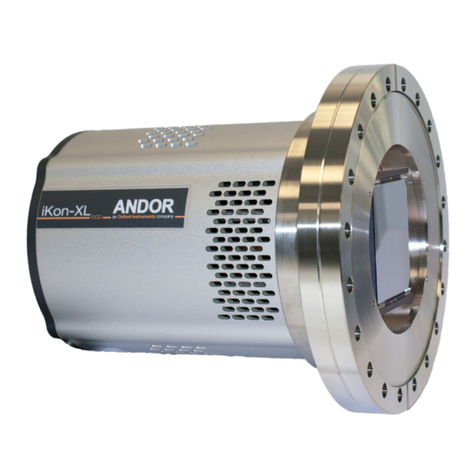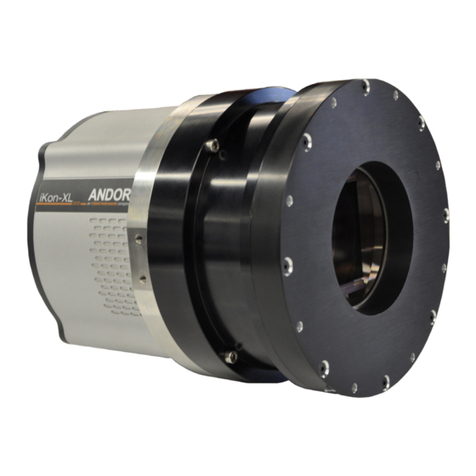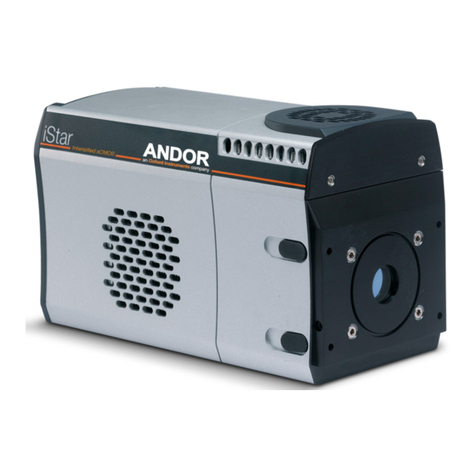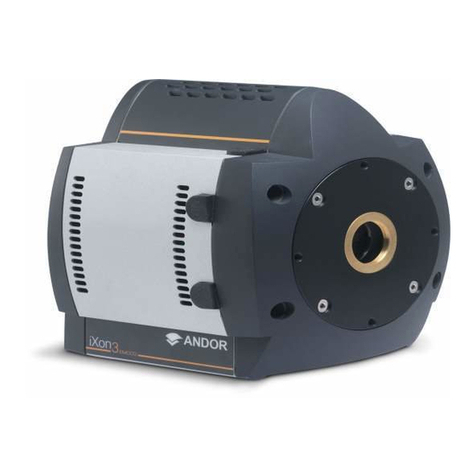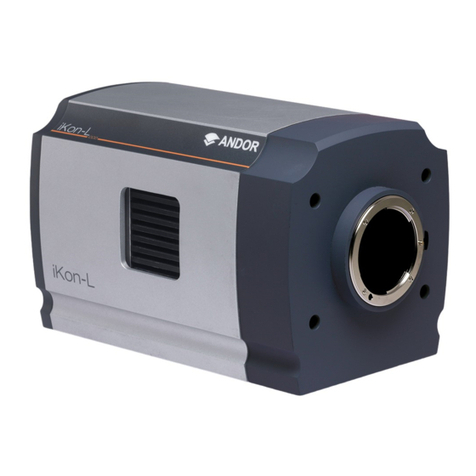
Page 7
Introduction
SECTION 1 - INTRODUCTION TO iXon3 HARDWARE
Thank you for choosing the Andor iXon3. You are now in possession of a revolutionary new Electron Multiplying Charge
Coupled Device (EMCCD), designed for the most challenging low-light imaging applications. This manual contains useful
information and advice to ensure you get the optimum performance from your new system. If you have any questions
regarding your iXon3 system, please feel free to contact Andor directly, or via your local representative or supplier. You
can nd contact details below.
1.1 - TECHNICAL SUPPORT
If you have any questions regarding the use of this equipment, please contact the representative* from whom your
system was purchased, or:
Europe
Andor Technology plc
7 Millennium Way
Springvale Business Park
Belfast
BT12 7AL
Northern Ireland
Tel. +44 (0) 28 9023 7126
Fax. +44 (0) 28 9031 0792
www.andor.com/contact_us/support_request
Asia-Pacic
Andor Technology (Japan)
4F NE Sarugakucho Building
2-7-6 Sarugaku-Cho
Chiyoda-Ku
Tokyo 101-0064
Japan
Tel. +81-3-3518 6488
Fax. +81-3-3518 6489
www.andor.com/contact_us/support_request
USA
Andor Technology
425 Sullivan Avenue
Suite # 3
South Windsor
CT 06074
USA
Tel. (860) 290-9211
Fax. (860) 290-9566
www.andor.com/contact_us/support_request
China
Andor Technology
Room 1213, Building B
Luo Ke Time Square
No. 103 Huizhongli
Chaoyang District
Beijing,100101 P.R.
China
Tel: +86 (0)10 51294977
Fax. +86 (0)10-6445-5401
www.andor.com/contact_us/support_request
The latest contact details for your local representative can be found on our website via the following link:
http://www.andor.com/contact_us/Default.aspx
